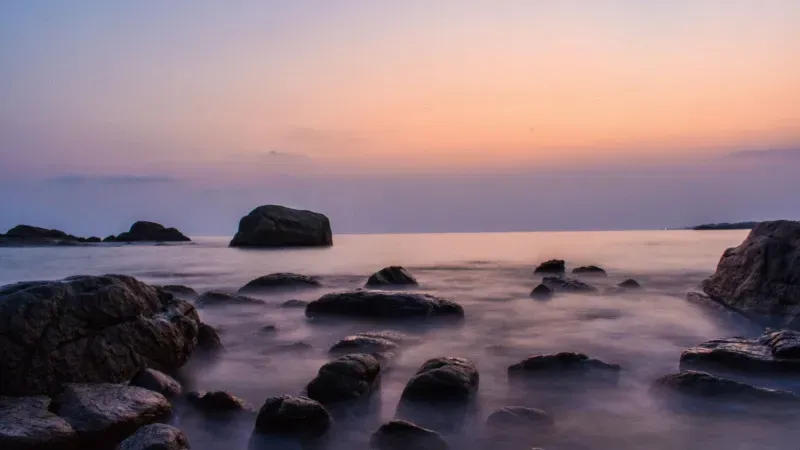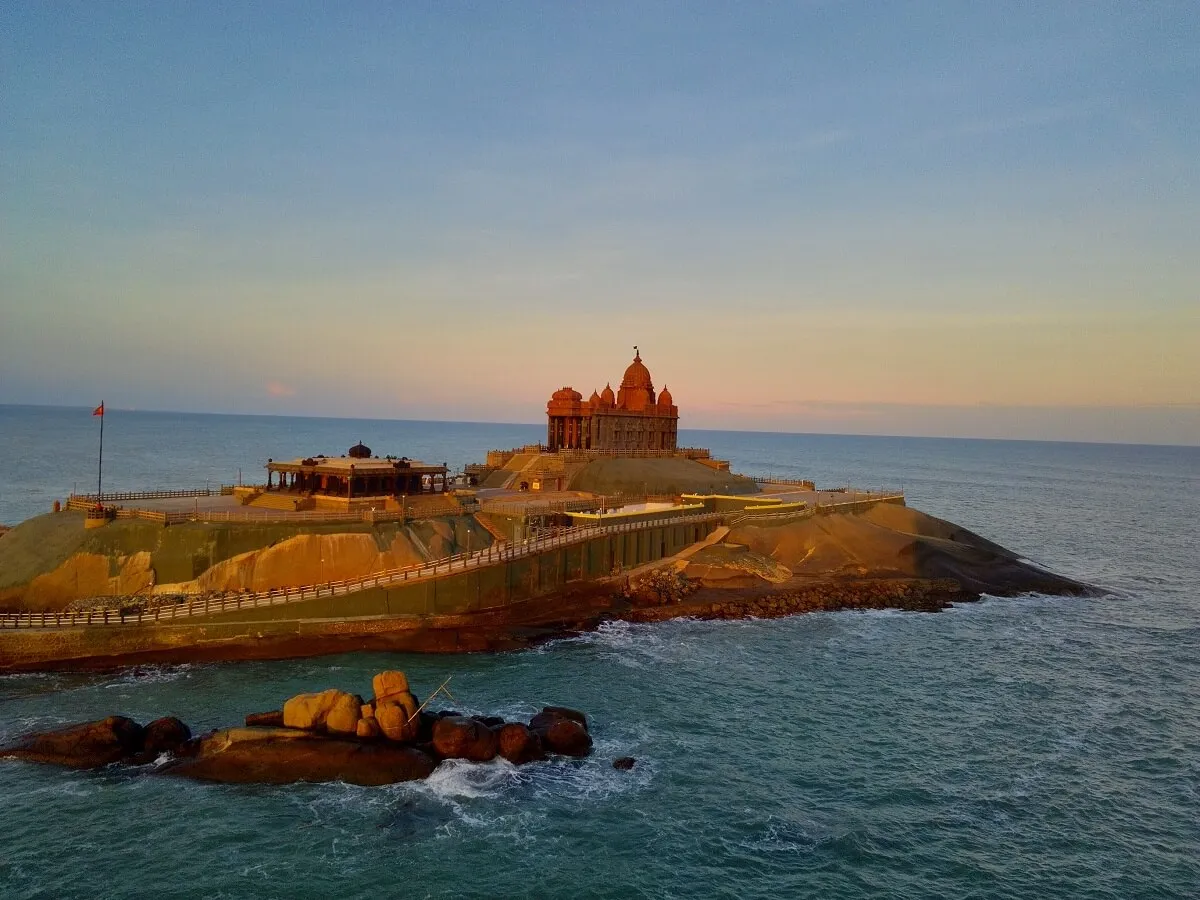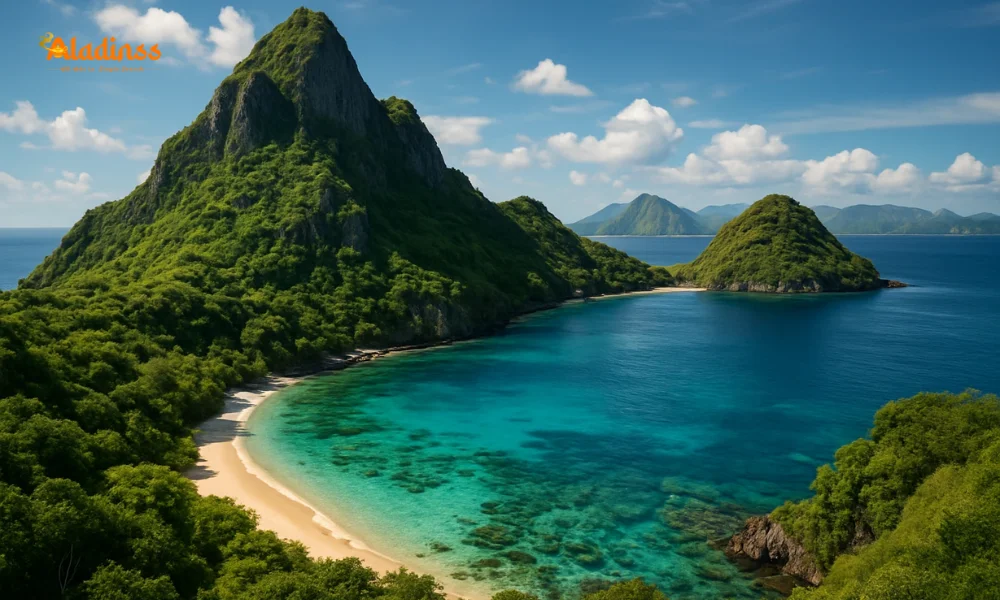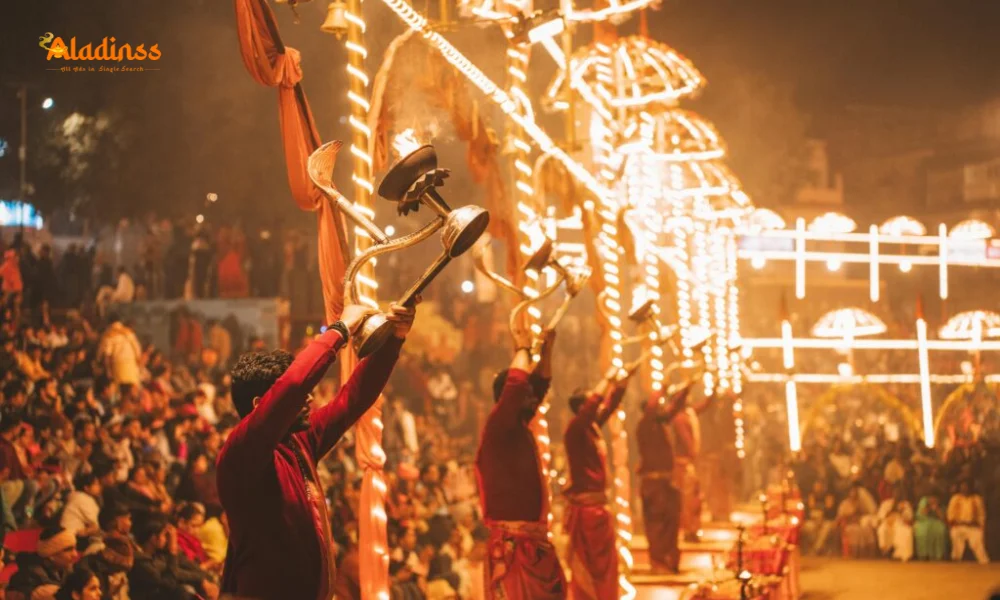Hidden Gems of Kanyakumari: Offbeat Places to Explore

Hidden Gems of Kanyakumari: Offbeat Places to Explore
Kanyakumari is known for its iconic sunrise and crowded promenade, but beyond the well-worn photo spots lie lesser-known corners that reward curious travelers. This report-style guide highlights hidden gems in and around India’s southernmost tip — from tranquil coves and historic hamlets to community-run crafts and secluded viewpoints. With recent local initiatives to promote sustainable, community-led tourism and improved signage to offbeat trails, now is a great time to discover Kanyakumari beyond the postcard images. Read on for practical tips, access notes, and cultural pointers so you can experience the town’s quieter, more authentic layers.

Why explore offbeat Kanyakumari: recent developments and travel update
Local councils and community groups have recently launched initiatives to diversify visitor flows away from busy seafronts and towards cultural micro-destinations. Restoration works, improved walking trails, and small-grant support for homestays are enabling residents to showcase authentic crafts, food, and storytelling. These targeted developments aim to reduce overtourism in core areas while boosting income for village enterprises — making offbeat exploration both meaningful and timely for conscious travelers.
Sanguthurai Beach: quiet sunsets and local fishermen’s life
A short drive from the main town, Sanguthurai Beach offers a calmer seaside experience. Here morning and evening scenes center on artisanal fishing methods, net mending, and shoreside tea stalls where locals trade stories. The shoreline has rock formations that form tide pools at low tide — ideal for reflective photography and short, safe explorations. Facilities are minimal, so pack water and a small snack if you plan to linger for the sunset.
Vattakottai Fort and the coastal walk less taken
While Vattakottai Fort itself may feature in many itineraries, the coastal walk north of the fort is quieter and richly rewarding. The seawall and adjoining cliffs offer panoramic views with far fewer visitors than the main promenade. Local efforts have added interpretive panels describing the fort’s maritime history — a welcome development for history-minded visitors. Early mornings deliver cool air and gentle light; bring sturdy shoes for the uneven pathways.
Padmanabhapuram Palace: timber architecture and quiet courtyards
Technically a short drive from Kanyakumari town, Padmanabhapuram Palace is a hidden treasure for architecture lovers. The traditional timber construction, ornate carvings, and serene internal courtyards contrast sharply with the bustling seafront scenes. Recent conservation work has improved visitor flow and informative displays, but the palace still retains a contemplative atmosphere — especially midweek outside peak tourist months.
Muttom and Kadiapattinam: rugged cliffs and sunrise solitude
East of Kanyakumari, Muttom Beach and nearby Kadiapattinam are less frequented by mass tourism and favored by local anglers and birdwatchers. Rock-lined coves and dramatic cliffs create a wild seaside character. Dawn visits reward early risers with expansive sky colours and an uncomplicated atmosphere for meditation or solitary photography. Respect local fishing operations and avoid stepping on nests or disrupting gear.
Small temples and village circuits: cultural micro-experiences
Beyond headline temples, the district has numerous village shrines where local festivals and daily rituals offer a window into devotional life. Such circuits are best experienced with a local guide who can translate rituals and customs while helping visitors behave respectfully. These micro-experiences often include tea gatherings, simple home-cooked snacks, and opportunities to buy handcrafted souvenirs directly from artisans.
Community homestays and responsible travel options
In response to recent small-grant programs, several villages now offer simple homestays that emphasize food traditions and storytelling. Staying with a local family enriches your visit and channels tourism revenue back to the community. Homestays often include a home-cooked breakfast, local insights on the best quiet spots, and assistance arranging bicycle or scooter rentals for short explorations.
Birdwatching and marine ecology: offbeat natural encounters
Kanyakumari’s coastal wetlands and nearby estuaries support migratory birds and unique intertidal life. Early morning guided walks or low-impact kayak trips reveal marsh birds, shore crabs, and seasonal blooms of coastal flora. Conservation groups occasionally run citizen-science counts — a great way to combine travel with meaningful participation in local ecology.
Practical tips for offbeat exploring: transport, safety, and etiquette
Use a reputable local driver or rent a scooter to reach remote spots; rural roads can be narrow and uneven. Carry sufficient water, sun protection, and a basic first-aid kit. Respect private property and ask before photographing people. Be mindful of tides on rocky shores and avoid entering restricted temple areas during rituals. Support local vendors, and whenever possible, choose services that demonstrate fair pay and community benefit.
Best times to visit and seasonal considerations
The cooler months are ideal for extended walking and village visits. Monsoon months bring lush landscapes but may limit access to coastal cliffs and dirt tracks. If birdwatching is a priority, check local migratory calendars and plan early-morning outings for the best sightings.
Discovering Kanyakumari’s hidden gems rewards patience and curiosity. By choosing quieter routes, supporting community initiatives, and practicing low-impact travel, visitors can experience a richer, more nuanced side of this storied coastal region — one that extends far beyond the standard sunrise snapshot.
Comment / Reply From
No comments yet. Be the first to comment!







